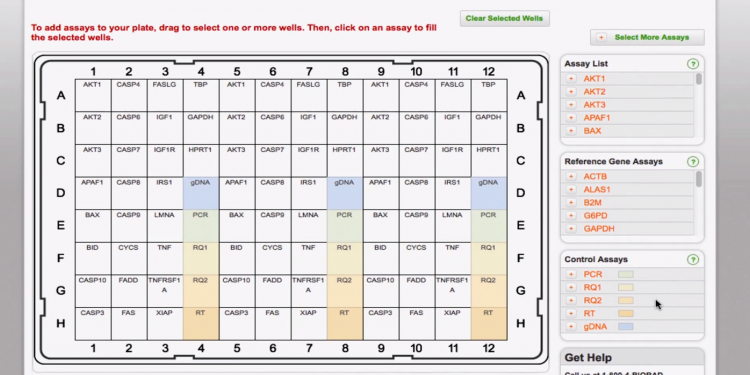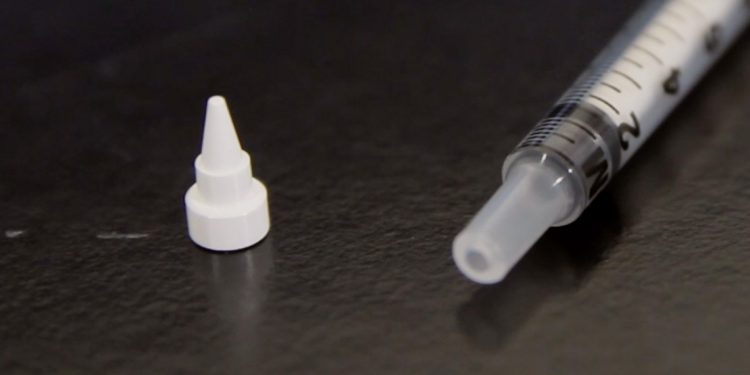
Cleaning the Nozzle Tip on the S3e™ Cell Sorter
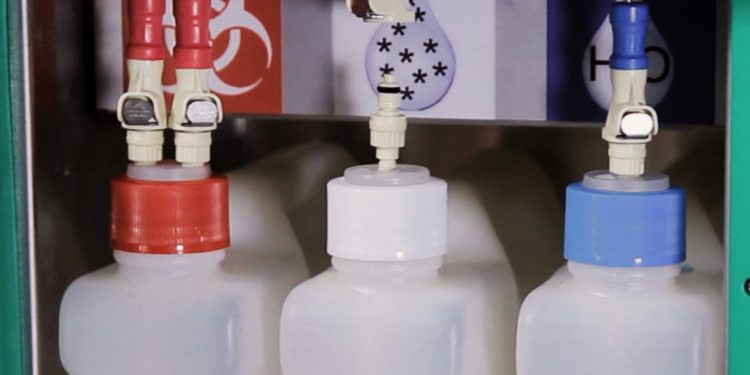
Performing a Fluidics Hot Swap on the S3e™ Cell Sorter
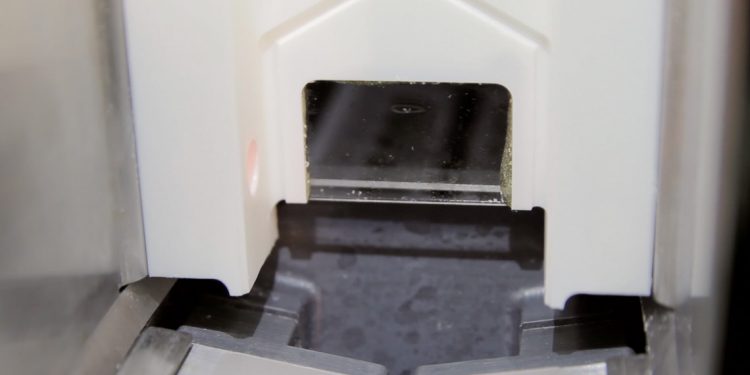
Cleaning the Streams Camera Window on the S3e™ Cell Sorter
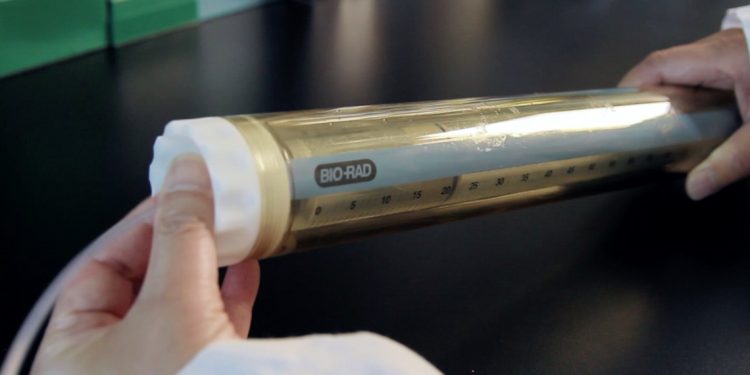
Attaching a Dynaloop to the NGC™ Chromatography System
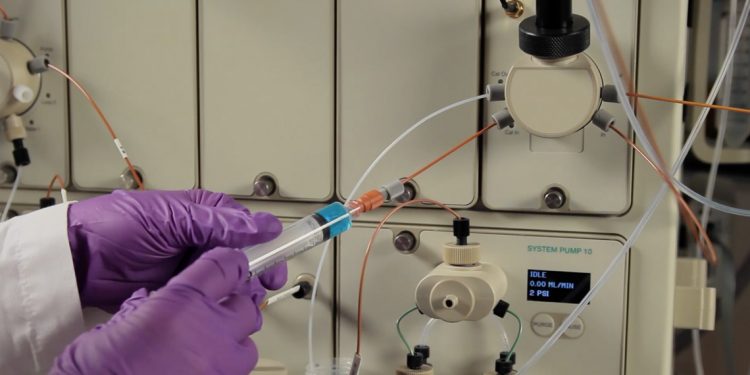
Calibrating the pH Valve on the NGC™ Chromatography System
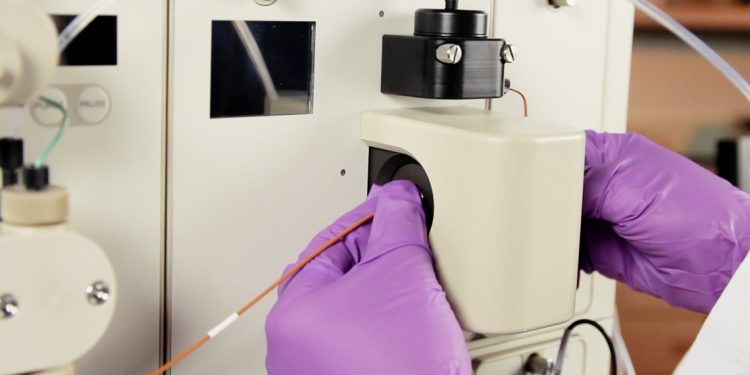
Removing Air Bubbles from the NGC™ Chromatography System
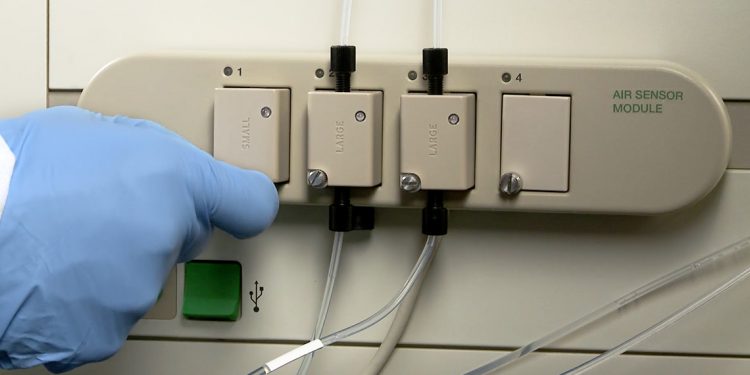
Using the Air Sensor on the NGC™ Chromatography System
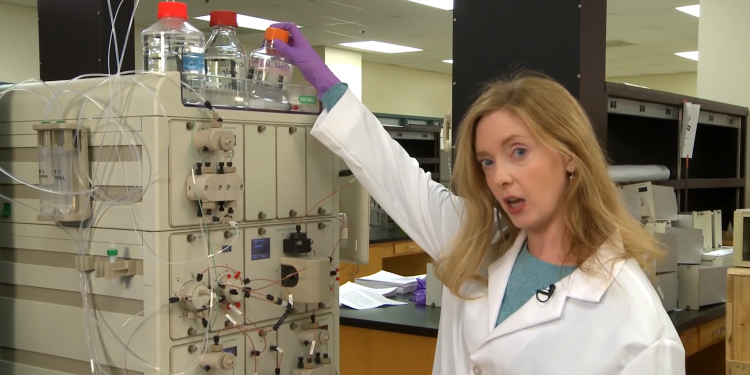
Tips for Preparing and Using Buffers with Your NGC™ Chromatography System
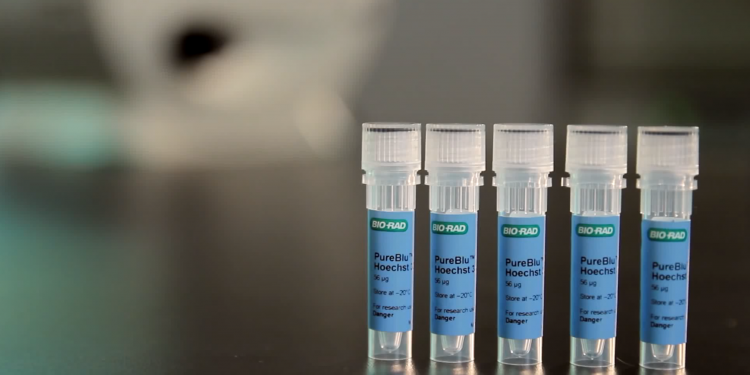
PureBlu™ Hoechst 33342 Nuclear Staining Dye for Live Cells – A Fast Approach to Staining Nuclei
